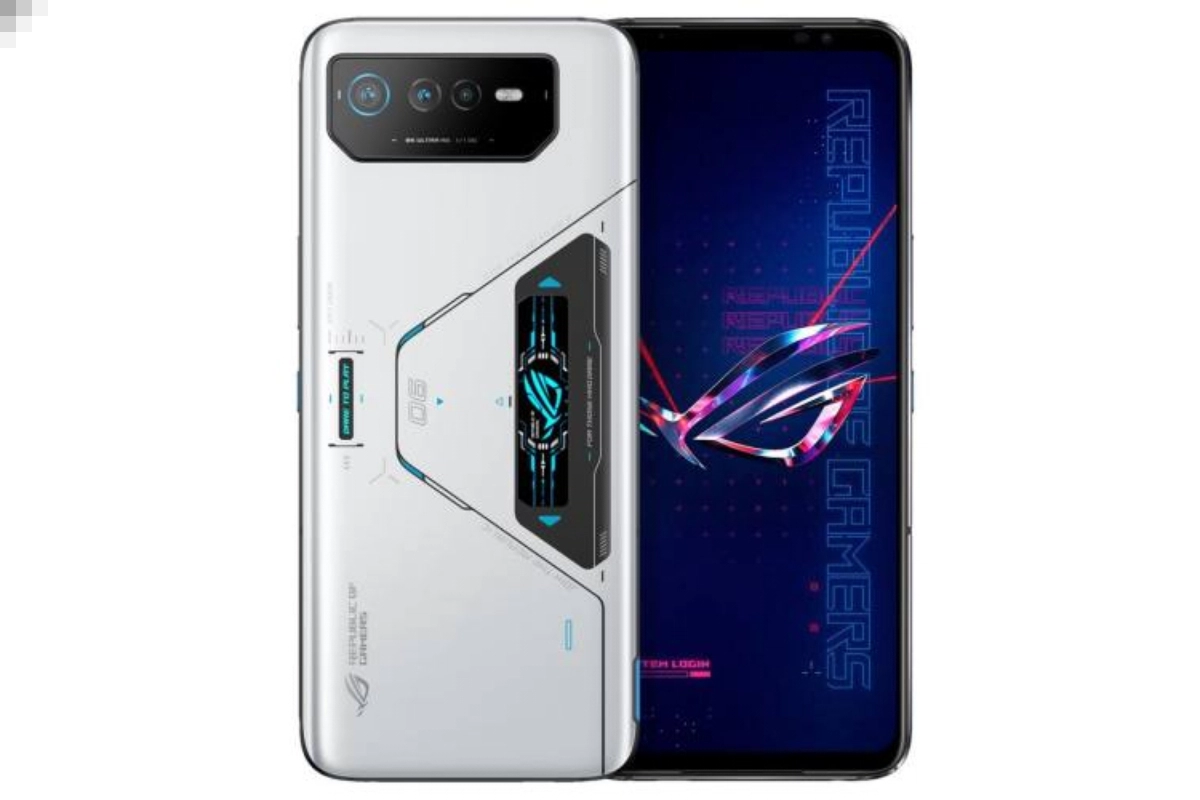DeepGlioma: DeepGlioma is a new AI-based diagnostic screening system that uses quick imaging to analyse tumour samples obtained during surgery and find genetic mutations more quickly. The most prevalent and deadly primary brain tumour, diffuse glioma, was studied in more than 150 patients, and the newly developed system successfully identified mutations that the World Health Organization uses to define molecular subgroups of the disease with an average accuracy of over 90%.
AI-based tool has the potential to improve the access and speed of diagnosis
The study was released in the publication “Nature Medicine.” Todd Hollon, M.D., the lead author and developer of DeepGlioma and a neurosurgeon at University of Michigan Health as well as an assistant professor of neurosurgery at U-M Medical School, stated that the AI-based tool has the potential to improve the access and speed of diagnosis and care for patients with deadly brain tumours.
Turnaround time for results can take days
Given that the advantages and hazards of surgery vary among patients with brain tumours depending on their genetic make-up, molecular categorization is becoming more and more important in the diagnosis and treatment of gliomas. In fact, patients with a particular kind of diffuse glioma called astrocytomas can live an additional five years on average after having their entire tumour removed. Nevertheless, access to molecular testing for diffuse glioma is limited and not routinely available at facilities that treat patients with brain malignancies. When it is available, Hollon says, the turnaround time for results can take days, even weeks.
Must Read: India Slams Pakistan at UNHRC for Being the World’s Foremost Producer of Terrorism and Violence
Fast molecular categorization techniques
Less than 10% of glioma patients are engaged in clinical trials, which frequently restrict participation by molecular subgroups, despite the fact that the development of drugs to treat the tumours is crucial. DeepGlioma might encourage early trial enrollment, according to researchers. According to senior author Daniel Orringer, M.D., an associate professor of neurosurgery and pathology at NYU Grossman School of Medicine and the inventor of stimulated Raman histology, “progress in the treatment of the most deadly brain tumours has been limited in the past decades- in part because it has been hard to identify the patients who would benefit most from targeted therapies.” Fast molecular categorization techniques have significant potential for rethinking clinical trial layout and introducing novel treatments to patients.
Must Read: Rahul Gandhi faces disqualification from Lok Sabha? Congress to challenge ruling
Keep watching our YouTube Channel ‘DNP INDIA’. Also, please subscribe and follow us on FACEBOOK, INSTAGRAM, and TWITTER.












